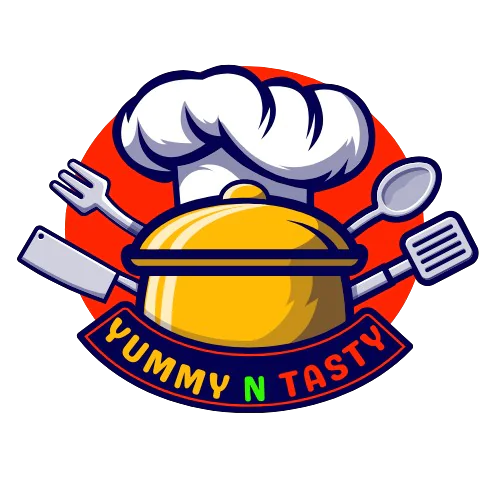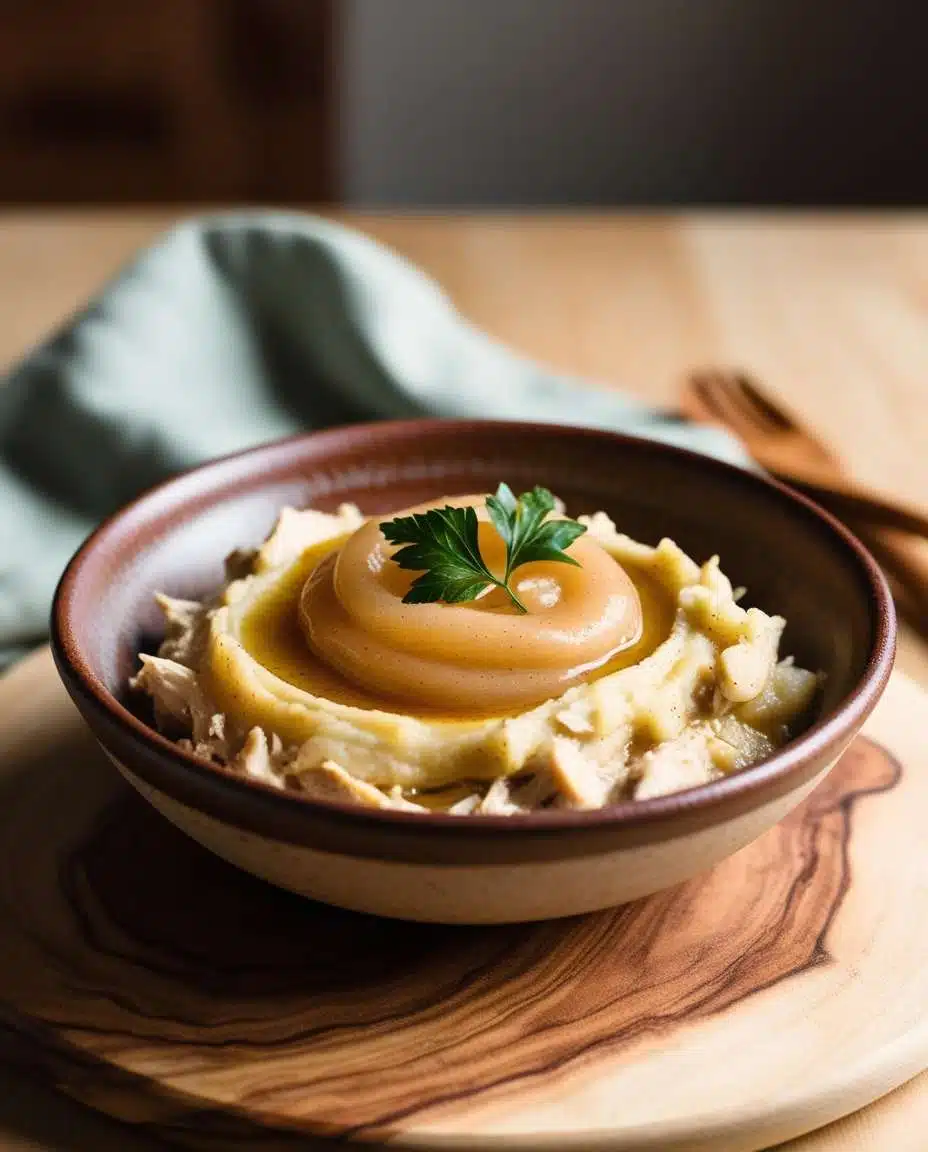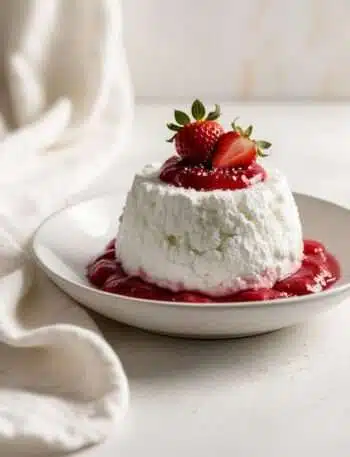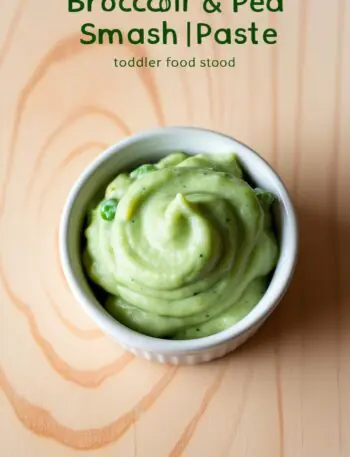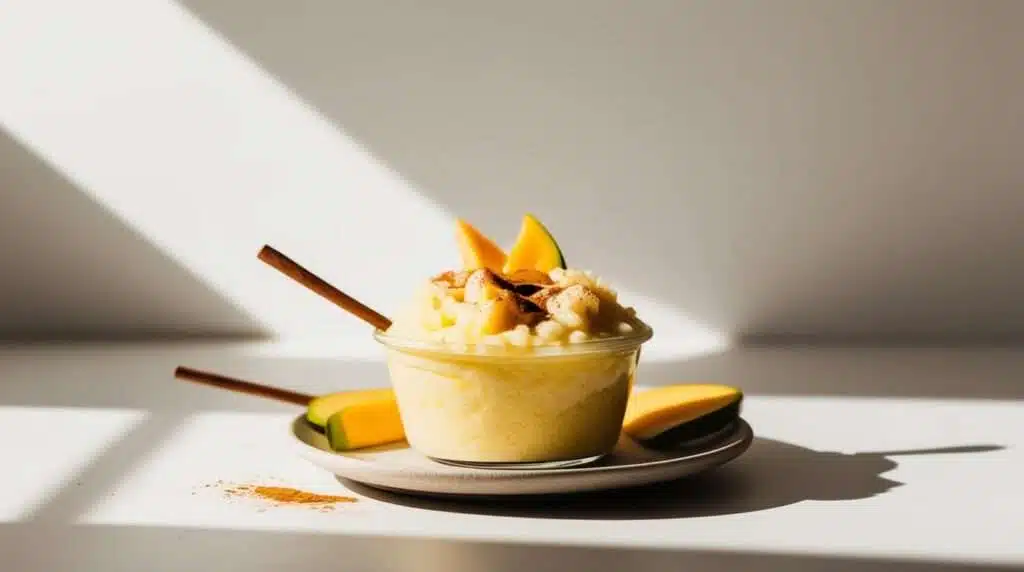
It may be said that it is a real pleasure to start teaching toddlers to eat right, offering them tasty and healthy meals. As I was making this dish of “Coconut Milk Rice Pudding” for the first time to my one year old, I could see the joy of the joy of discovery full across the little one’s face. They might find this dish very hard to resist because firstly, it is very delicious and secondly, it contain nutrients critical in growth of children hence appropriate for toddlers. And it is reassuring that every spoonful is filled with nutrients that helps nourish their body and energise their brain.
Health Benefits of Ingredients
Rice:
Rich in carbohydrates but necessary for the active todoller and good source of this necessary carbohydrate. Rice is also easy on the tummy and that makes it a good first food.
Coconut Milk:
I can imagine that it is loaded with good fat that is vital in the brain and for physical growth. The latter assist in the absorption of fat soluble vitamins.
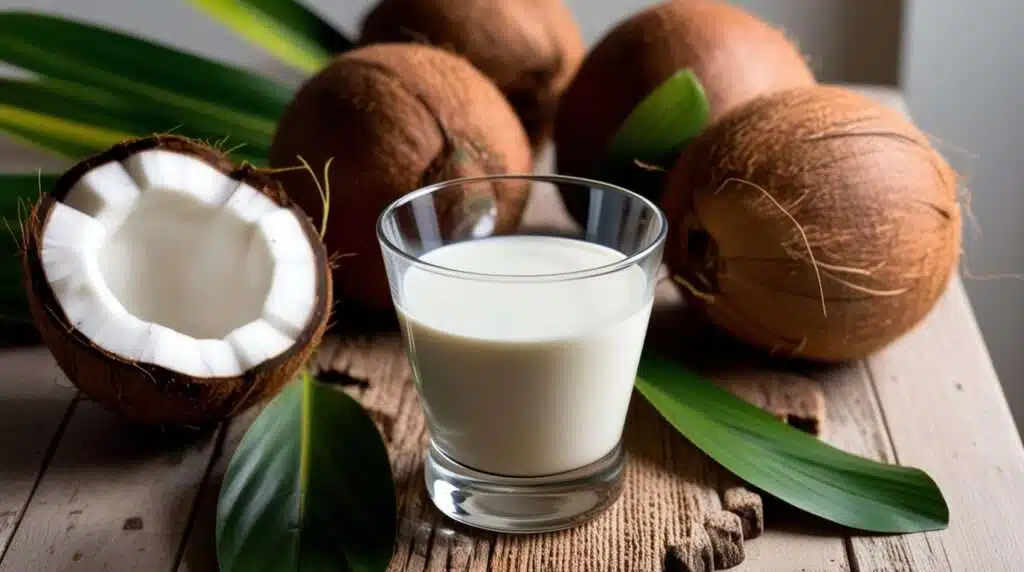
Maple Syrup:
A ‘healthy’ sugar replacement that gives food that little bit of sweetness without having to use the refined products.
Cinnamon:
It not only enhances taste and colour but also possesses and anti inflammatory effect and may even control blood sugar too.
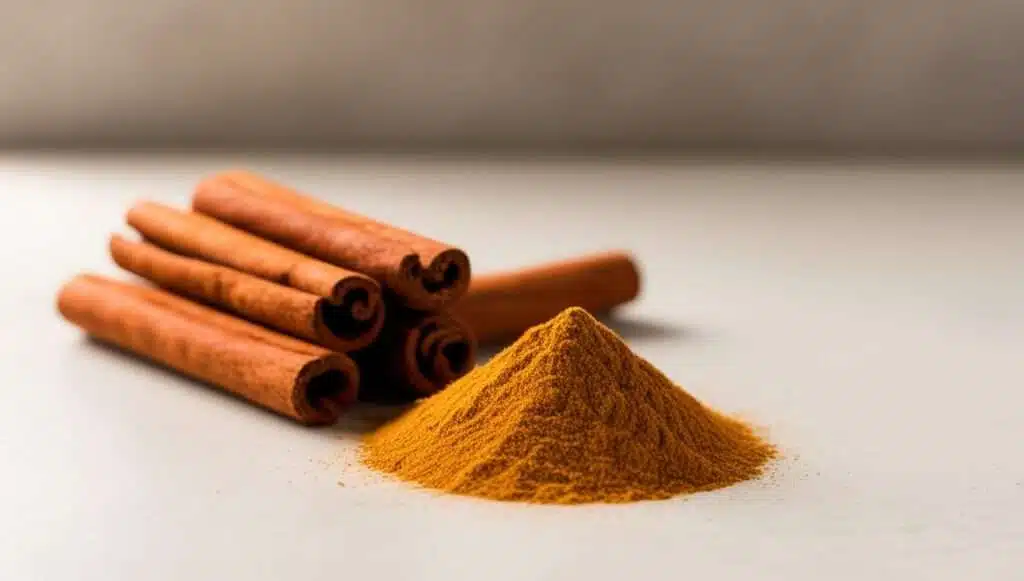
Vanilla Extract:
Eliminates or masks the unwanted odours and tastes to make the pudding more appealing to the consumers.
For Healthy information you may visit Fit 4 You Section
Introducing Solid Foods to Your Child: A Manual
Starting the baby with solid foods is always a major developmental step for the baby. Here are some tips to help you through this journey:Here are some tips to help you through this journey:
1. Start Slow: He or she should also commence with one component purees so as to determine whether the child has an allergy to any particular food. This way you can determine the outcome having in mind their sensitivity, in case they have one.
2. Choose the Right Time: Begin solids at six months, but be prepared for earlier cues for your little one, like sitting partially, being able to take seeing you chew. Of course, the most effective strategy is always to stay tuned to each child and follow her or his signals.
3. Consistency Matters: Introduce new foods in a routine basis even when the baby spits them out at his/her first time. As much as the existence of persistence is relevant, acceptance persists.
4. Texture Transition: Gradually progress from thin liquids to thicker forms and sizes of foods as your baby progresses in taking solids. These changes in texture may be gradual in order to enable the clients manage the changes effectively.
5. Patience is Key: A baby may take several attempts to take a new food in. Less serious 4 Offer repeatedly without compulsion so that they discover they cannot do without the product.
6. Create a Routine: Parents should try introducing new foods during the regular mealtimes so that the child can have a routine he/she will have to follow. Consistency is also useful in the formation of health diets.
7. Stay Positive: It is very important always to set a good atmosphere while eating without stress. Rewarding for appropriate behaviors can foster a good relationship between the food.
8. Model Eating: Try to feed your baby what you are eating; the child sees what you are taking and will be willing to take it like you do. This may make them all the more curious and inclined towards experimenting.
9. Be Mindful of Allergens: Start with one of the most familiar allergens and then gradually present the patient with those that are suspected to cause a reaction. This may well help you to detect whether you have any allergies you need to avoid all together, at an early stage.
10. Hydration: If breastfeeding or using formula feed your baby, make sure he or she drinks water in addition to the feed. Drinking is important to the health of the human body an especially to the digestive system.
As you’ll see from the Coconut Milk Rice Pudding recipe below, taste and nourishment go hand in hand – let your little one step into a happy and healthy future today. With all the great tasted and nice soft and creamy disposition, it is one of the best ways that can be used to make your child embrace good nutrition.
Nourishing Coconut Milk Rice Pudding: A Delicious and Satisfying Treat
Dish's Overall Value
This Coconut Milk Rice Pudding is a bowl of nutrition loaded with all the vitamins in a small bowl. It contains a good proportion of carbohydrates and healthy fat which will be helpful for the energy requirements of the toddler and as well as for the proper working of the brain. Being creamy in texture and mild in flavor it is quite a delightful meal for the young ones who get to have a healthy meal without much persuasion.
Some Tips on How to Prepare New Foods to Kids
- Blend with Favorites: To ease the process, try offering foods you child has not used to eating in small portions and combined with foods he/she is used to eating. For example, serve the rice pudding with mashed bananas or applesauce.
- Play with Presentation: Playfulness should be introduced when serving food and even using bright colored utensils makes it very appetizing. A toddler may eat much more happily if the bowl is cute.
- Encourage Exploration: Allow toddlers to handle food with their hands and nostrils to get a feel of what is available so that they can taste. This sensory exploration can make them to be more curious and in the process willing to try.
- Stay Consistent: Introduce new foods often, but do not make them gulp it down, introduce them to this new reality and that is it. And the only way towards acceptance is repeat exposure.
- Make Mealtime Fun: Use imaginative themes for meals, Forcing a child to eat their food can end up causing resistance, but if you make eating a game or story, the child will be fascinated, and take the food gracefully. Help them develop a tv show in their mind that revolves around the food they are eating so that there should not be a dull moment.

Instructions
-
Prepare the Rice
: In a filter, wash the rice under cold water until the water which pours out is clear. This aids the starch to be washed off well so that the pudding will not be sticky after cooking.
-
. Cook the Rice
: In a saucepan to cook the rice, 1 cup of rice, 1 cup of coconut milk and 2 cups of water is added. Add to a boiling point over the stove at medium heat then allowing to remain hot with steam. Simmer for approximately 20 minutes, till rice is cooked and most of the liquid has been absorbed
-
Sweeten and Flavor
Mix in the maple syrup, cinnamon, and vanilla extract (if using). Go on to simmer for an additional 2-3 minutes through which the ingredients combine to a smooth paste.
-
Cool and Serve
Allow the pudding to cool slightly before serving it to your toddler because hot pudding could be dangerous for him or her. It must be of a pasty consistency and ease to swallow for small children’s mouth.
Nutrition Facts
- Amount Per Serving
- Calories 200kcal
- % Daily Value *
- Total Fat 8g13%
- Total Carbohydrate 30g10%
- Dietary Fiber 2g8%
- Sugars 6g
- Protein 3g6%
- Vitamin C 2 mg
- Calcium 20 mg
- Iron 1 mg
* Percent Daily Values are based on a 2,000 calorie diet. Your daily value may be higher or lower depending on your calorie needs.
Note
Here are suggestions of the key ingredeints that should be included to bring out a better flavor.
- Mashed Banana: It is choosy and contributes in providing the natural sweet taste as well as creaminess to the pudding.
- Chopped Nuts: To which you may add more texture and nutrients (but must be chopped very small so that children will not choke on it).
- Diced Mango: Adds a tropical feel to the dish and is healthy as it brings more vitamins into the dish making it more appealing.
- Raisins or Dried Cranberries: Custard when added as a thickener to the pudding enhances the chewy texture as well as the natural sweetness of the food.
- Cocoa Powder: It is for the sweet lovers much more specifically chocolate sweet lovers and can be a nice change for your toddler.
Alternative Ingredient Suggestions
- Almond Milk: used instead of coconut milk giving out another taste and another nutritional value.
- Brown Rice: For different texture and fiber on this dish which make it more healthier.
- Honey: Besides maple syrup for the sweetness (for children above 1 year as honey is not advisable for children below 12 months of age).
- Chia Seeds: For additional dietary fibers and omega-3 polyunsaturated fatty acids, which are essential for general well-being of the child and his or her developmental progress.
- Pumpkin Puree: For a twist of seasonal addition and boost in nutrition during the autumn and winter time.
Frequently Asked Questions
Yes, you can use almond milk, oat milk or you can use the normal plain milk. Of the two, each can also present a more or less distinct taste and content of nutrients.
Of course, mashed bananas or berry or diced mangoes make the oatmeal tastier and more nourishing. Fruits can also add slightly different textures and different colours to the meal
Such, and the pudding can be made natural without the sugar if the fruits are used. This can be a healthier choice provided that one would reduce the intake of added sugars, if any.
Yes, it can be consume warm or cold depending on the liking of the toddle. Storing it in a refrigerator can turn it into a delicious and tasty drink in the summer period.
While serving the pudding, you can prepare it in a vessel and store it in the refrigerator for maximum of three days. it is better preserved in an airtight container in order to remain fresh for as long as possible Available Evidence/Research Support
